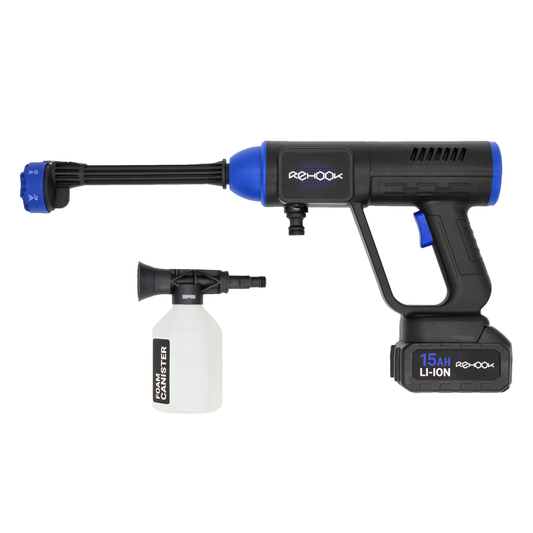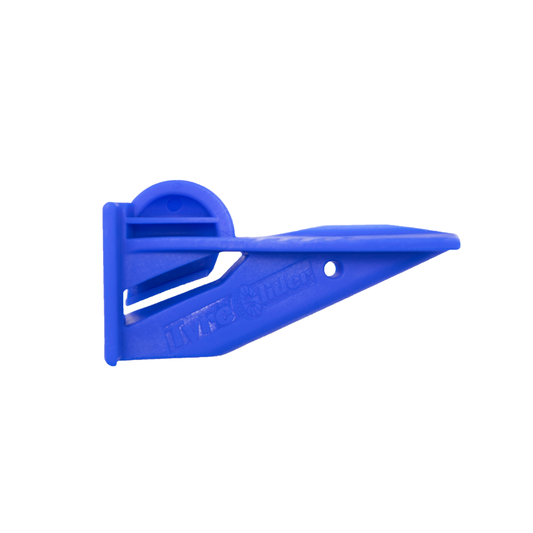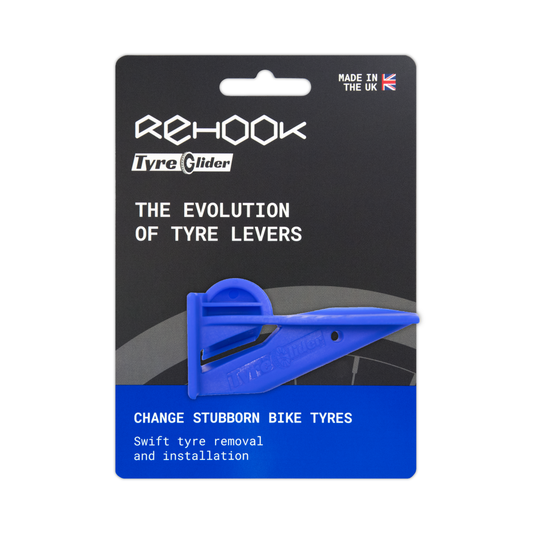Hahy-drah-kuhl Disk Brayks
Noun
A type of bicycle brake operated by hydraulic fluid.
Example usage: My bike has hydraulic disc brakes for maximum stopping power.
Most used in: Mountain biking and other off-road cycling.
Most used by: Experienced cyclists who need extra stopping power.
Popularity: 8/10
Comedy Value: 2/10
Also see: Hydraulic Disc Brakes, Hydraulic Discs, Hydraulic Brakes, Disc Brakes,
What Are Hydraulic Disc Brakes?
Hydraulic disc brakes are a type of brake system used on most modern bicycles. They use hydraulic fluid to transfer force from the brake lever to the caliper, which then clamps down on the brake rotor to slow the bike down. This type of braking system is much more efficient and powerful than traditional cable-actuated brakes, and is now the most common type of bicycle brake.
Hydraulic brakes offer greater modulation than traditional cable-actuated brakes. This means that you can apply more precise pressure to the brakes, allowing you to stop faster and with greater control. They also require less maintenance since the hydraulic fluid in the system is self-lubricating and self-adjusting.
Hydraulic disc brakes are becoming increasingly popular among cyclists, and they are now standard on most modern bicycles. According to a survey by the Bicycle Retailer and Industry News, over 80% of all mountain bikes now come with hydraulic disc brakes, and the number is growing every year.
.A Brief History of Hydraulic Disc Brakes in Cycling
Hydraulic disc brakes have been used in the cycling world since the late 1990s. The first hydraulic disc brakes were developed in Japan by Shimano, the world’s largest cycling component manufacturer. The technology was first used on mountain bikes and then slowly spread to other types of bicycles.
The main advantage of hydraulic disc brakes is that they are much more powerful than traditional rim brakes, allowing the rider to stop more quickly and reliably in any weather conditions. This makes them ideal for off-road cycling, where the terrain can be unpredictable. Additionally, they require less maintenance and are much less likely to suffer from wear and tear.
In the early 2000s, hydraulic disc brakes started to become more widely used in the cycling world. In 2008, the UCI (Union Cycliste Internationale) officially approved the use of hydraulic disc brakes in competitive cycling. Since then, they have become a standard feature on most high-end bikes.
Today, hydraulic disc brakes are the preferred choice for most cyclists, from casual riders to professional racers. They offer superior stopping power, better control, and less maintenance compared to traditional rim brakes.












